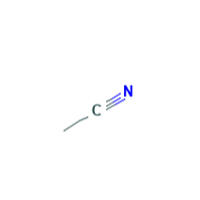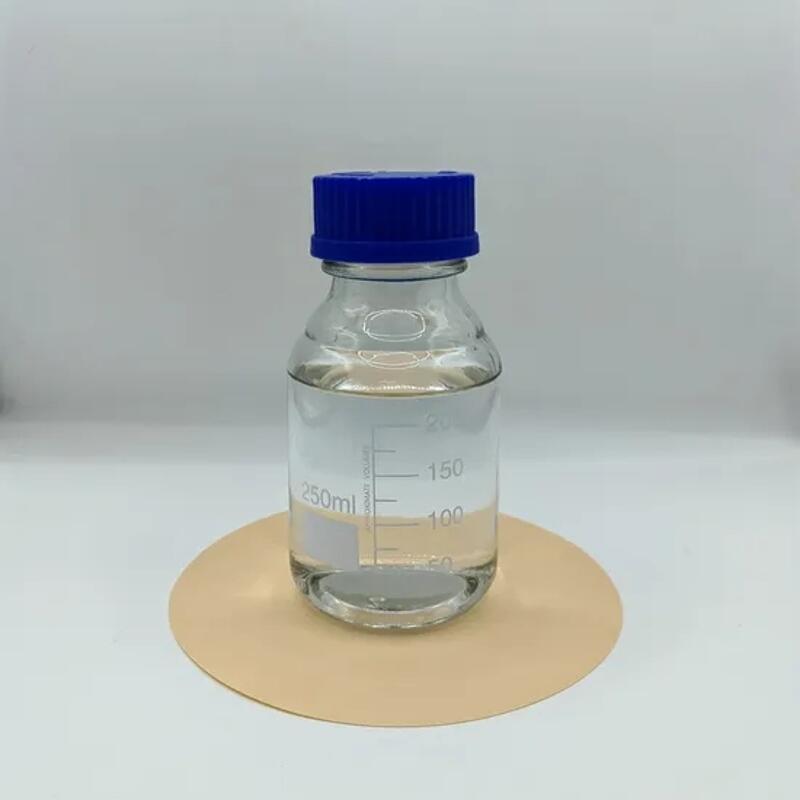-
Categories
-
Pharmaceutical Intermediates
-
Active Pharmaceutical Ingredients
-
Food Additives
- Industrial Coatings
- Agrochemicals
- Dyes and Pigments
- Surfactant
- Flavors and Fragrances
- Chemical Reagents
- Catalyst and Auxiliary
- Natural Products
- Inorganic Chemistry
-
Organic Chemistry
-
Biochemical Engineering
- Analytical Chemistry
-
Cosmetic Ingredient
- Water Treatment Chemical
-
Pharmaceutical Intermediates
Promotion
ECHEMI Mall
Wholesale
Weekly Price
Exhibition
News
-
Trade Service
Xylene is aromatic hydrocarbon molecule that is widely used as a starting material in the production of a variety of chemical products.
It is a colorless, flammable liquid with a characteristic sweet odor, and it is soluble in water and many organic solvents.
Xylene is a member of the benzene family of compounds, which also includes benzene, toluene, and ethylbenzene.
Upstream Products
The upstream products of xylene are naphtha, gasoline, and liquefied petroleum gas (LPG), which are all derived from petroleum refining.
In the refining process, crude oil is separated into different fractions based on their boiling points and chemical properties.
Xylene is produced as a byproduct of this process, along with other aromatic compounds such as benzene and toluene.
Downstream Products
The downstream products of xylene are a wide range of chemicals, including plastics, dyes, pharmaceuticals, and personal care products.
Xylene is an important raw material for the production of polyester fibers, which are used in clothing, upholstery, and other textiles.
It is also used as a solvent in the production of inks, paints, and other coatings.
In the pharmaceutical industry, xylene is used as an intermediate in the production of a variety of drugs, including antibiotics, anti-inflammatory drugs, and painkillers.
It is also used in the production of vitamins and other nutritional supplements.
In the personal care industry, xylene is used in the production of cosmetics and beauty products, such as perfumes, fragrances, and moisturizers.
It is also used in the production of shampoos, soaps, and other household cleaning products.
Xylene is also used as a raw material in the production of ethylbenzene, which is used as a starting material in the production of styrene monomer, a key ingredient in the production of polystyrene plastics.
Chemical Reactions
Xylene undergoes a wide range of chemical reactions, depending on the specific reaction conditions and the starting materials involved.
One of the most common reactions is the production of ethylbenzene through the reaction of xylene with ethylene in the presence of a catalyst.
This reaction produces a mixture of products, including ethylbenzene, benzene, and a small amount of co-product, such as styrene.
Another important reaction of xylene is its conversion to paraxylene through the use of a noble metal catalyst, such as platinum or palladium.
This reaction is commonly used in the production of terephthalic acid, which is used as a starting material in the production of polyethylene terephthalate (PET) plastic.
Processes
The production of xylene and its downstream products involves a variety of processes, including distillation, fractionation, catalytic cracking, and chemical reactions.
Distillation is commonly used to separate xylene from other aromatic compounds that are present in crude oil or other feedstocks.
In this process, the feedstock is vaporized and the various components are separated based on their boiling points and chemical properties.
Fractionation is another common process used in the production of xylene and other aromatics.
In this process, the feedstock is cracked into smaller molecules, and the resulting fractions are separated based on their chemical properties.
Catalytic cracking is a process used to convert large molecules into smaller, more useful molecules.
In the case of xylene production, this process is used to convert large aromatic molecules, such as benzene and toluene, into smaller molecules, such as x






